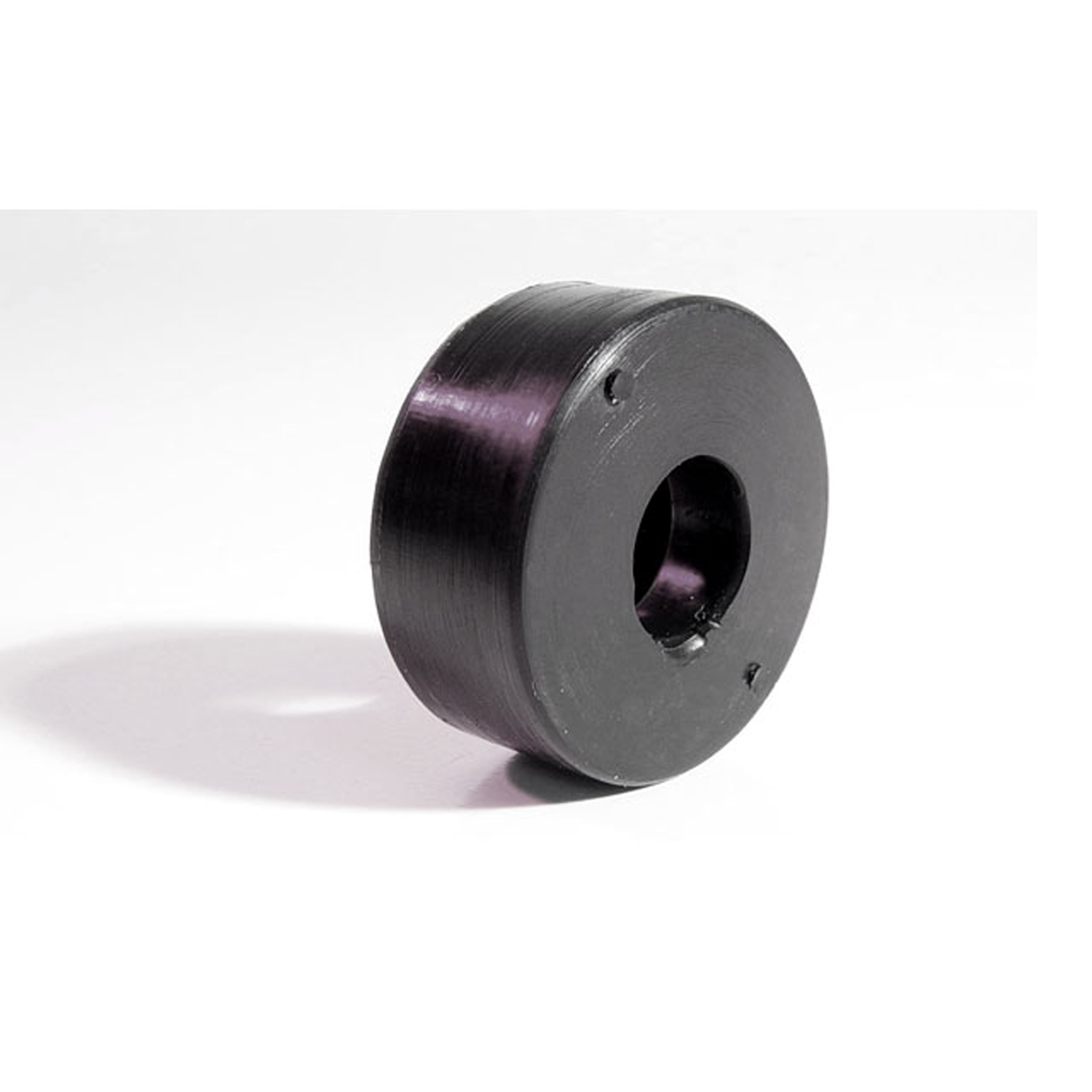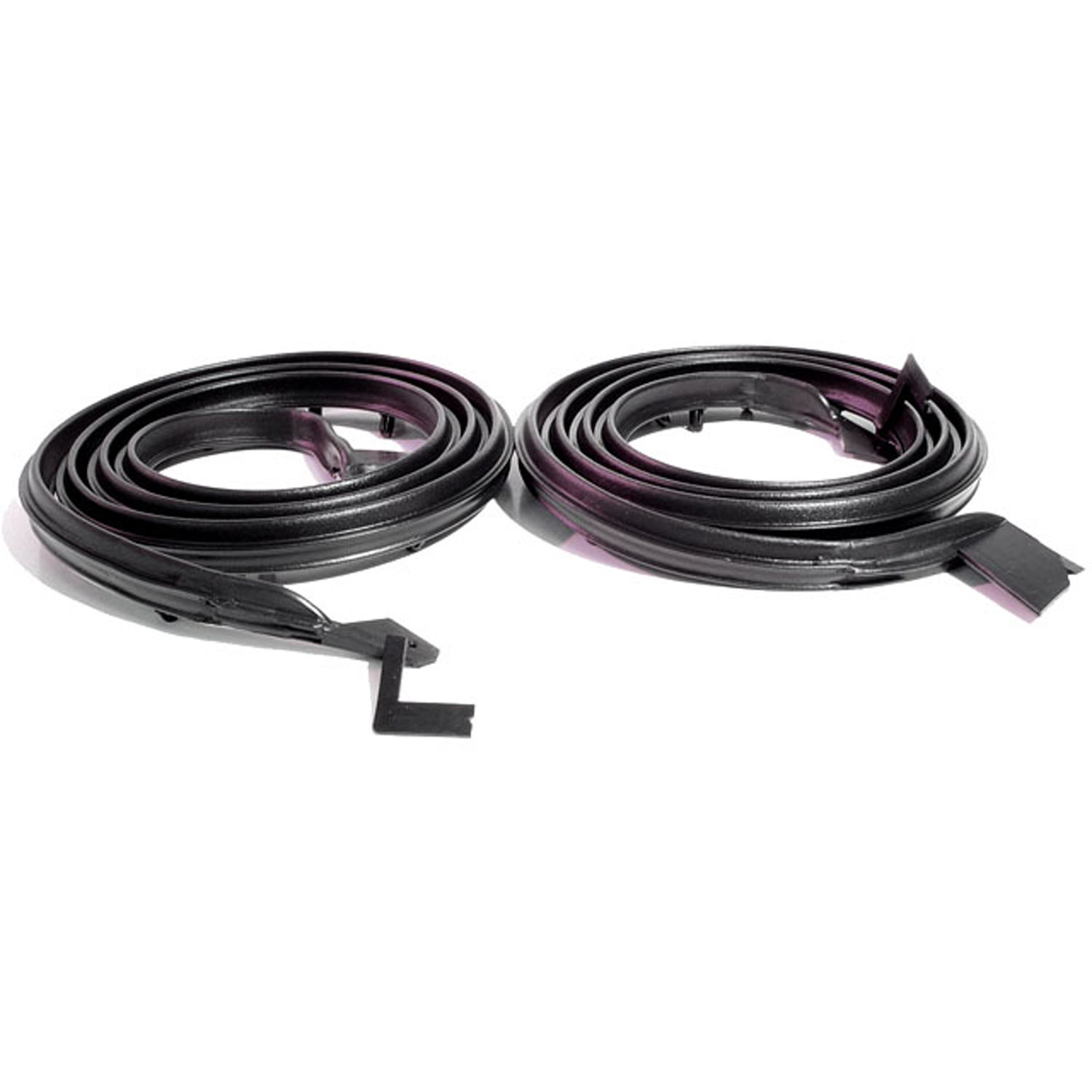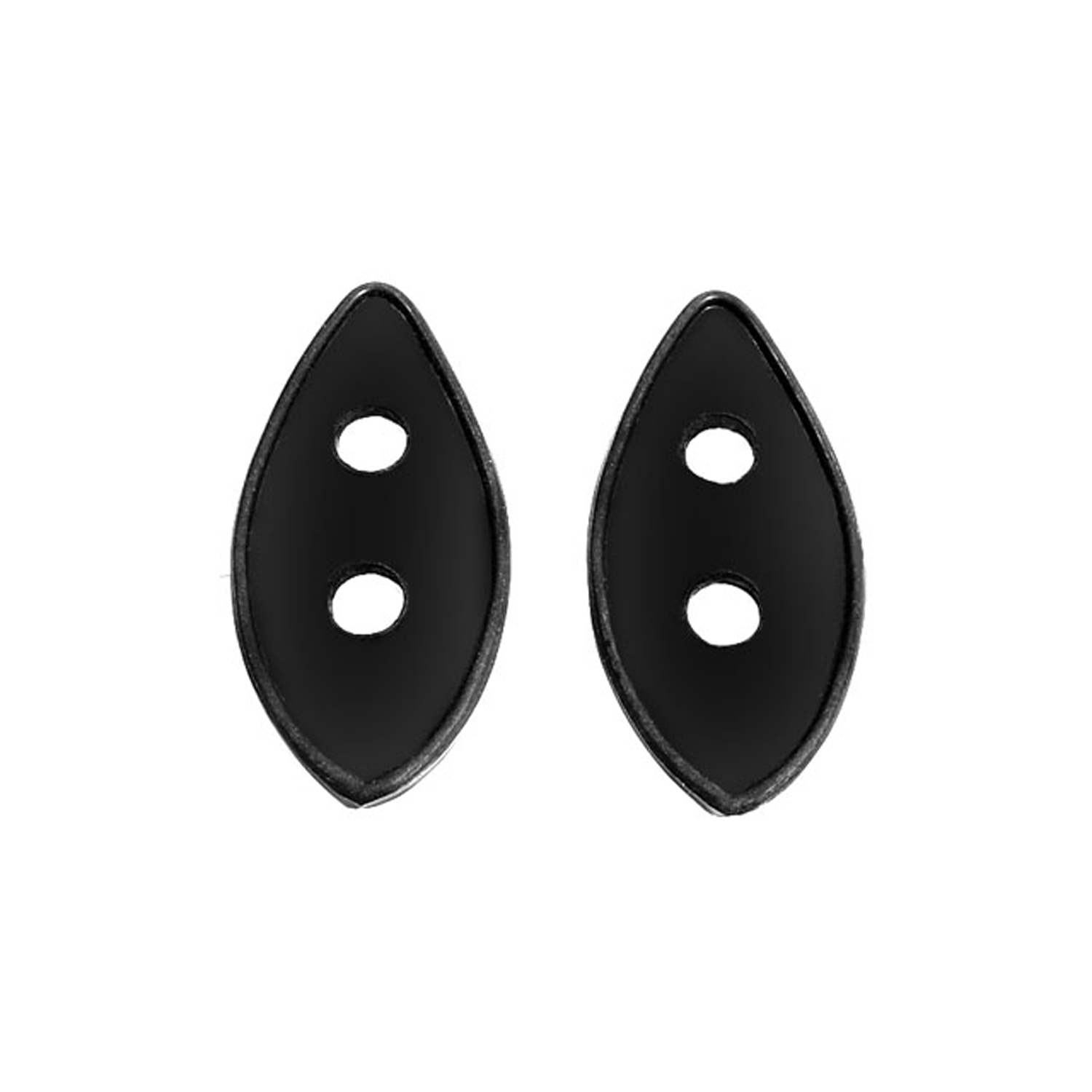Image of 1972 American Motors Matador, Note: These illustrations use artistic license and may differ from actual historical models.
Performance Metrics
Fundamental Metrics
Emotional Appeal
MMP Rating
| Engine Specifications | |
|---|---|
| Engine: | 232 cu in (3.8 L) I6, 258 cu in (4.2 L) I6, 304 cu in (5.0 L) V8, 360 cu in (5.9 L) V8, 401 cu in (6.6 L) V8 |
| Displacement: | 232-401 cu in |
| Horsepower: | 100-330 hp (approximately) |
| Torque: | 210-430 lb-ft (approximately) |
| Compression Ratio: | 8.0:1 - 8.5:1 (approximately) |
| Ignition System: | Conventional, with distributor |
| Cooling System: | Liquid-cooled |
| Performance Specifications | |
| 0-60 Time: | 10-12 seconds (approximately) |
| 1/4 Mile Time: | 17-19 seconds (approximately) |
| Top Speed: | 115-130 mph (approximately) |
| Transmission and Drive | |
| Drive Type: | Rear-wheel drive |
| Transmission Type: | 3-speed manual, 4-speed manual, 3-speed automatic |
| Fuel and Efficiency | |
| Fuel System Type: | Carburetor |
| MPG: | 10-15 mpg (approximately) |
| Dimensions and Brakes | |
| Brakes: | Front disc, rear drum |
| Wheelbase: | 114 inches |
| Weight: | 3,200-3,600 lbs (approximately) |
Note: Specifications for classic cars are given to the best of our ability, considering the limited and variant data available.
1972 American Motors Matador: A Blend of Muscle and Modesty
The 1972 American Motors Matador isn't just a car; it's a statement of bold American ingenuity, nestled in an era where muscle cars and innovation were the order of the day. Born from the ambitious American Motors Corporation (AMC), the Matador was a mid-size vehicle that offered a unique blend of style, comfort, and performance. It emerged during a time when the automotive industry was experiencing significant changes, with manufacturers striving to meet new safety and emission regulations. The Matador stood out with its combination of practicality and power, making it a noteworthy model in AMC's lineup.
One particularly intriguing fact about the Matador is its role in law enforcement; it was popular among police departments for its robust performance and durability. This service history added a layer of rugged appeal to its legacy.
Design and Innovation
The exterior styling of the 1972 Matador was distinctive, featuring a long hood, short deck profile, and pronounced fender lines that gave it an assertive stance. The vehicle's design echoed the muscle car aesthetic while maintaining an air of sophistication. Inside, passengers were greeted with a functional yet comfortable cabin. Materials ranged from durable fabrics to more luxurious vinyls and leathers in higher trim levels.
For its time, the Matador boasted technological features such as optional power steering and air conditioning—amenities that were becoming increasingly desirable among consumers. Color options for the Matador included vibrant hues like 'Big Bad Orange' and 'Classic Black,' with the latter being a particularly popular choice for its sleek appearance.
AMC offered the Matador in various body styles including two-door hardtops, four-door sedans, and station wagons. The two-door hardtop version, with its more pronounced sporty flair, became one of the most iconic representations of the model.
Historical Significance
The 1972 Matador's impact on automotive design was subtle yet significant. It demonstrated that a mid-size car could successfully embody both muscle car attributes and family car practicality. This duality helped pave the way for future vehicles that would seek to blend these characteristics.
What set the Matador apart from its contemporaries was AMC's commitment to offering a well-rounded vehicle at a competitive price point. Its lasting influence can be seen in subsequent models that aimed to provide a similar balance of features.
Performance and Handling
The performance of the 1972 Matador could vary significantly depending on the engine option selected. With available powerplants ranging from an economical inline-6 to potent V8s, top speeds and acceleration figures could differ widely. Some V8-equipped models could sprint from 0-60 mph in under 10 seconds—a respectable figure for the era.
The handling of the Matador was generally praised for being competent for a mid-size car of its time. The ride quality was smooth enough to handle everyday driving conditions while still providing feedback through winding roads or when encountering uneven surfaces.
Driving a 1972 Matador was an experience characterized by the throaty rumble of its engine and the solid feel of American engineering at your fingertips—a true product of its time.
Ownership Experience
The Matador served various roles ranging from reliable daily transportation to weekend show car material. Some enthusiasts even took their passion to the track, proving that this AMC offering could hold its own in amateur racing events.
Maintenance and reliability were strong suits for the Matador, as AMC designed their vehicles with ease of repair in mind. Parts availability and simplicity meant that average owners could often tackle common issues without professional assistance.
Fun Facts
A lesser-known tidbit about this model is that there were special editions such as the 'Barcelona' package later in its life cycle which added luxurious touches to this otherwise modest car. Celebrity ownerships included figures like actor James Garner who drove a Matador in classic Hollywood style.
While not known for setting speed records, the Matador did set benchmarks for AMC sales during certain years of production. Common criticisms often revolved around fuel efficiency—a common issue among vehicles with larger displacement engines during this period.
Collector's Information
The current value range for collectors can vary greatly depending on condition, originality, and specific model year or trim level. As an estimate, well-preserved examples can fetch anywhere from $10,000 to $20,000 or more at auction or private sale.
Rarity is moderate as production numbers were healthy during its run; however, finding one in pristine condition can be challenging due to their age. Price trends have shown appreciation over time as interest in unique classic cars continues to grow among collectors and enthusiasts alike.
Conclusion
The 1972 American Motors Matador represents an intriguing chapter in automotive history—a time capsule reflecting both muscle car bravado and everyday utility. Its legacy endures among classic car aficionados who appreciate its blend of style, performance, and practicality. Whether cruising down main street or parked at a local car show, the Matador continues to turn heads and spark conversations about an era when cars had character as robust as their engines.
1972 American Motors Matador Catalog of Parts
 1972 American Motors Matador Hood Bumper. Each-HF 85Hood Bumper. Each
1972 American Motors Matador Hood Bumper. Each-HF 85Hood Bumper. Each 1972 American Motors Matador Molded door seals. For 2-door hardtop. 86 in. (218.44 cm) L-LM 31Molded door seals. For 2-door hardtop. 86 in. (218.44 cm) L. Pair. R&L.
1972 American Motors Matador Molded door seals. For 2-door hardtop. 86 in. (218.44 cm) L-LM 31Molded door seals. For 2-door hardtop. 86 in. (218.44 cm) L. Pair. R&L. 1972 American Motors Matador Beaded Deck Rack Mounting Pads. 1-7/16" X 3". Pair-MP 622-BBeaded Deck Rack Mounting Pads. 1-7/16" X 3". Pair
1972 American Motors Matador Beaded Deck Rack Mounting Pads. 1-7/16" X 3". Pair-MP 622-BBeaded Deck Rack Mounting Pads. 1-7/16" X 3". Pair 1972 American Motors Matador Spare Tire Hold Down Nut. 5/16- 18 thread size-WF 3506Spare Tire Hold Down Nut. 5/16- 18 thread size. Replaces OEM #3198901. Each
1972 American Motors Matador Spare Tire Hold Down Nut. 5/16- 18 thread size-WF 3506Spare Tire Hold Down Nut. 5/16- 18 thread size. Replaces OEM #3198901. EachWhy Choose Metro?
For over 100 years, Metro Moulded Parts has been the pinnacle of quality in classic car restoration parts. Our commitment to precision and authenticity in every component ensures a perfect fit and an OEM-level appearance.
- Expert Craftsmanship & Quality: Each part is a testament to our dedication to reliability and perfection, crafted from original designs and thoroughly tested.
- Advanced Technology: We use cutting-edge techniques to create flawless, long-lasting parts that surpass others in performance.
- SuperSoft Sponge – The Ultimate Door Seal: Not only are our door seals 30% softer than competitors', but they're also guaranteed to never leak. They effectively reduce wind and road noise, enhancing your classic car's comfort and driving experience.
- Proudly American: Our parts are a product of American craftsmanship, made in the USA with a spirit of excellence and heritage.
- Unrivaled Warranty: We back our products with a 30-year industry-leading warranty, a testament to our confidence in their quality.
Join us in preserving the legacy of classic cars with parts that are crafted for perfection, not just made.

